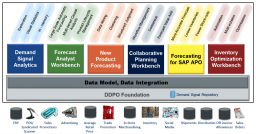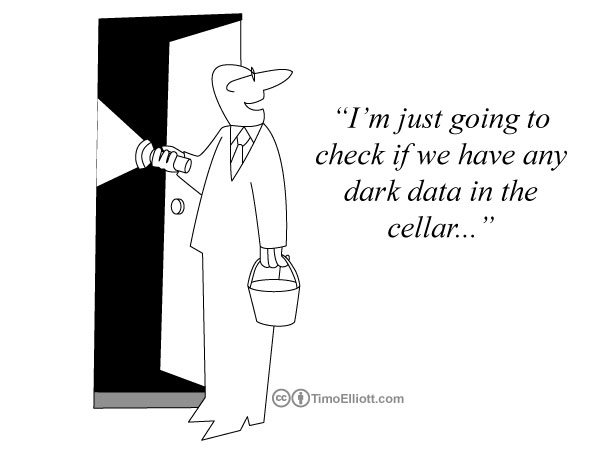Using visualization and modelling to predict the weather.
For the first three weeks of January, I thought Chicagoland was certain to get a second straight reprieve from harsh winter. Every day, we were setting a record for the number of consecutive days without an inch or more of snow. And the temperatures hovered in the 20s, 30s and 40s – seemingly far warmer than historical Januarys.
Alas, winter has returned to the area with a vengeance over the last three weeks. While spared the 2+ foot blizzard that just hit the Northeast, we’ve had more than enough snow, ice, rain, wind and bitter cold of our own. And to think, there’s a least another month of the same …






